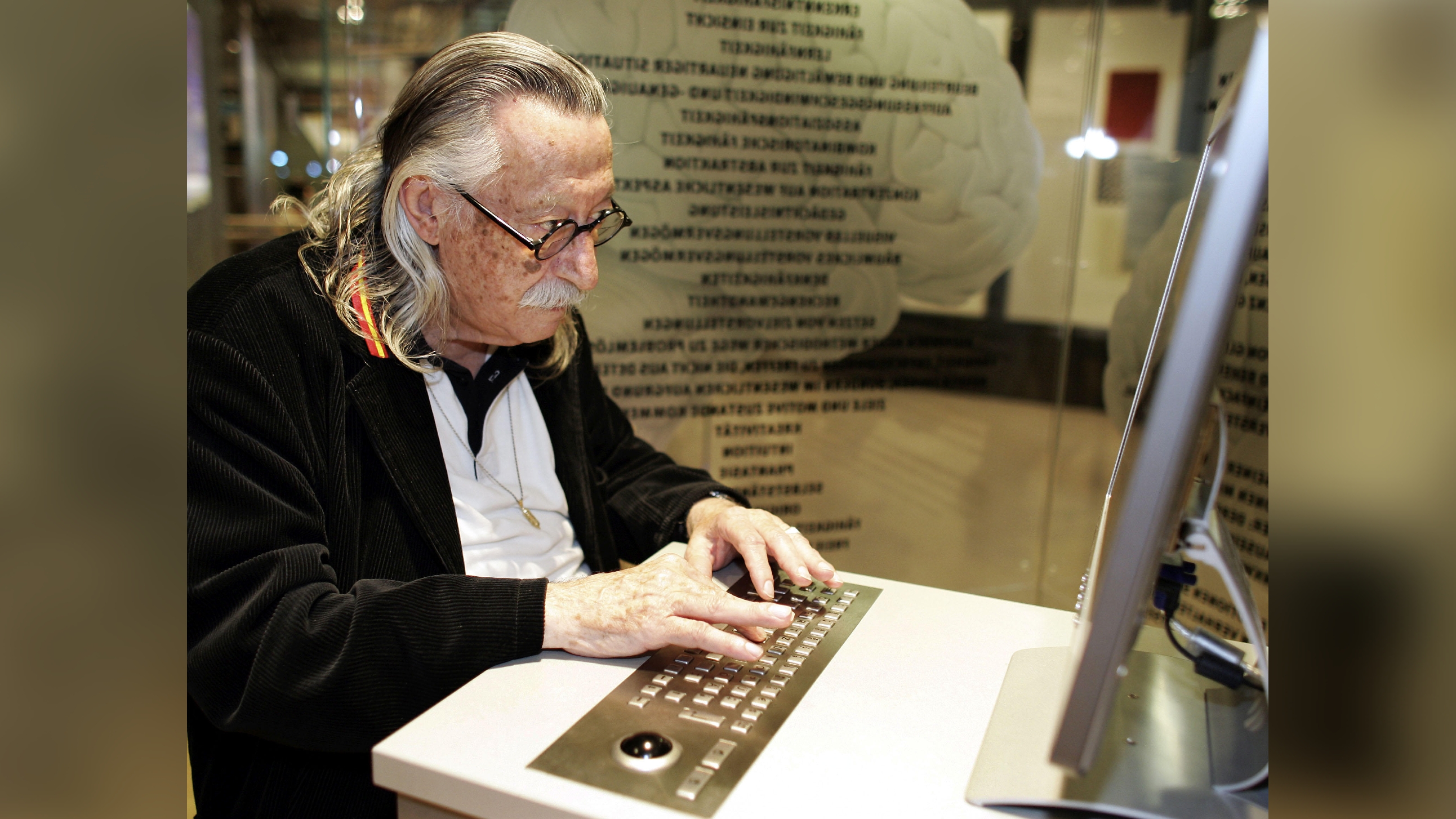
Scientists have just resurrected “ELIZA,” the world’s first chatbot, from long-lost computer code — and it still works extremely well.
Using dusty printouts from MIT archives, these “software archaeologists” discovered defunct code that had been lost for 60 years and brought it back to life.
ELIZA was developed in the 1960s by MIT professor Joseph Weizenbaum and named for Eliza Doolittle, the protagonist of the play “Pygmalion,” who was taught how to speak like an aristocratic British woman.
As a language model that the user could interact with, ELIZA had a significant impact on today’s artificial intelligence (AI), the researchers wrote in a paper posted to the preprint database arXiv Sunday (Jan. 12). The “DOCTOR” script written for ELIZA was programmed to respond to questions as a psychotherapist would. For example, ELIZA would say, “Please tell me your problem.” If the user input “Men are all alike,” the program would respond, “In what way.”
Weizenbaum wrote ELIZA in a now-defunct programming language he invented, called Michigan Algorithm Decoder Symmetric List Processor (MAD-SLIP), but it was almost immediately copied into the language Lisp. With the advent of the early internet, the Lisp version of ELIZA went viral, and the original version became obsolete.
Related: Google’s AI tells users to add glue to their pizza, eat rocks and make chlorine gas
Experts thought the original 420-line ELIZA code was lost until 2021, when study co-author Jeff Shrager, a cognitive scientist at Stanford University, and Myles Crowley, an MIT archivist, found it among Weizenbaum’s papers.
“I have a particular interest in how early AI pioneers thought,” Shrager told Live Science in an email. “Having computer scientists’ code is as close to having a record of their thoughts, and as ELIZA was — and remains, for better or for worse — a touchstone of early AI, I want to know what was in his mind.” But why the team wanted to get ELIZA working is more complex, he said.
“From a technical point of view, we did not even know that the code we had found — the only version ever discovered — actually worked,” Shrager said. So they realized they had to try it.
Reanimating ELIZA
Bringing ELIZA back to life was not straightforward. It required the team to clean and debug the code and create an emulator that would approximate the kind of computer that would have run ELIZA in the 1960s. After restoring the code, the team got ELIZA running — for the first time in 60 years — on Dec. 21.
“By making it run, we demonstrated that this was, in fact, a part of the actual ELIZA lineage and that it not only worked, but worked extremely well,” Shrager said.
But the team also found a bug in the code, which they elected not to fix. “It would ruin the authenticity of the artifact,” Shrager explained, “like fixing a mis-stroke in the original Mona Lisa.” The program crashes if the user enters a number, such as “You are 999 today,” they wrote in the study.
Even though it was intended to be a research platform for human-computer communication, “ELIZA was such a novelty at the time that its ‘chatbotness’ overwhelmed its research purposes,” Shrager said.
Related: 32 times artificial intelligence got it catastrophically wrong
That legacy continues today, as ELIZA is often compared to current large-language models (LLMs) and other artificial intelligence.
Even though it does not compare to the abilities of modern LLMs like ChatGPT, “ELIZA is really remarkable when you consider that it was written in 1965,” David Berry, a digital humanities professor at the University of Sussex in the U.K. and co-author of the paper, told Live Science in an email. “It can hold its own in a conversation for a while.”
One thing ELIZA did better than modern chatbots, Shrager said, is listen. Modern LLMs only try to complete your sentences, whereas ELIZA was programmed to prompt the user to continue a conversation. “That’s more like what ‘chatting’ is than any intentional chatbot since,” Shrager said.
“Bringing ELIZA back, one of the most — if not most — famous chatbots in history, opens people’s eyes up to the history that is being lost,” Berry said. Because the field of computer science is so forward-looking, practitioners tend to consider its history obsolete and don’t preserve it.
Berry, though, believes that computing history is also cultural history.
“We need to work harder as a society to keep these traces of the nascent age of computation alive,” Berry said, “because if we don’t then we will have lost the digital equivalents of the Mona Lisa, Michelangelo’s David or the Acropolis.”









Leave a Comment